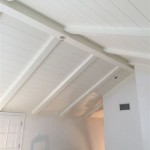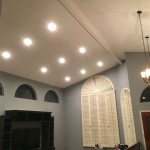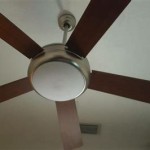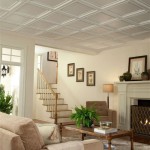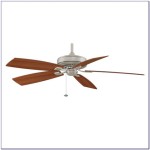Why Do Older Homes Have High Ceilings?
High ceilings, a defining feature of many older homes, are more than just an aesthetic choice. They reflect a confluence of historical, practical, and cultural factors. While modern houses tend towards lower ceilings for reasons of energy efficiency and cost, older homes exhibit a different set of priorities that influenced their architectural design.
Natural Light Maximization
Before the advent of widespread electricity, natural light was paramount for illuminating homes. High ceilings allowed for larger windows to be installed, flooding interiors with sunlight during the day. This was particularly important for tasks like reading, sewing, and other activities that required adequate illumination. Furthermore, the absence of artificial lighting meant that homes relied on sunlight to heat and dry interiors, making high ceilings a crucial component in regulating room temperature and promoting air circulation.
For many older homes, particularly those built before the modern era of central heating, the ability to draw in as much sunlight as possible was vital for warmth. Additionally, the lack of insulation meant that heat escaped readily, making large windows and high ceilings essential for promoting airflow and removing moisture to prevent mold growth.
Social Status and Architectural Aesthetics
Beyond practicality, high ceilings also served as a symbol of status and affluence in many societies. In the Victorian era, for instance, opulent homes with soaring ceilings were a testament to the wealth and social standing of their inhabitants. These high ceilings, often adorned with intricate moldings and elaborate chandeliers, exemplified the grandeur and opulence that was valued in the Victorian era.
Similarly, in many cultures, high ceilings were associated with religious and spiritual significance. For example, churches and temples across the world have traditionally employed high ceilings to create a sense of awe and reverence. This association of high ceilings with religious grandeur influenced architectural trends in secular buildings as well, where tall ceilings became synonymous with prestige and sophistication.
Construction Techniques and Materials
The construction methods and materials available in past centuries also played a role in the prevalence of high ceilings. In the absence of modern building techniques and materials, traditional construction methods relied on heavy, durable materials like stone, brick, and timber. These materials, while strong and resilient, were also expensive and time-consuming to work with. As a result, builders often sought to maximize the use of these materials by creating larger rooms with high ceilings, rather than constructing numerous small rooms with lower ceilings.
The cost of timber, in particular, was a significant factor in determining ceiling heights. Timber was often sourced locally, and the availability and cost of different types of wood varied depending on the region. In areas where timber was readily available and inexpensive, builders could afford to construct high ceilings. In regions where timber was scarce or costly, however, builders were more likely to opt for lower ceilings to conserve resources.
In conclusion, the prevalence of high ceilings in older homes is a consequence of a complex interplay of practical, cultural, and economic factors. The desire for natural light, the expression of social status, and the limitations of construction techniques all contributed to a preference for tall ceilings in the past. While modern architectural trends have shifted towards lower ceilings for reasons of energy efficiency and cost, the legacy of high ceilings continues to influence our perception of older homes, associating them with grandeur, spaciousness, and a sense of history.

High Ceilings And How To Live With Them Bob Vila

High Ceilings And How To Live With Them Bob Vila

Classic Or Craze High Ceilings St Louis Homes Lifestyles

How To Take Advantage Of High Ceilings In Renovations Archdaily

Vaulted Ceilings 101 History Pros Cons And Inspirational Examples

How To Take Advantage Of High Ceilings In Renovations Archdaily

High Ceilings And How To Live With Them Bob Vila

How To Take Advantage Of High Ceilings In Renovations Archdaily

The Ultimate Guide To Vaulted Ceilings Pros Cons And Inspiration

Here S The Standard Ceiling Height For Every Type Of Bob Vila
Related Posts


